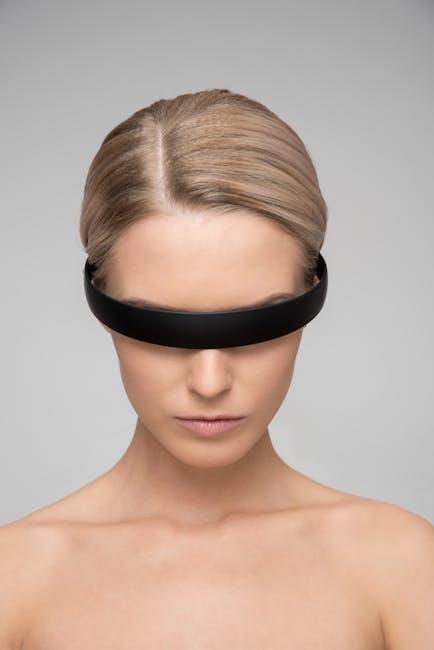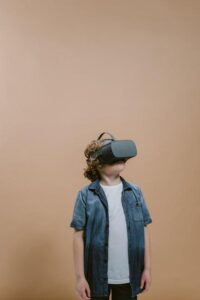How AR and VR Are Transforming Web User Journeys
As technology advances, Augmented Reality (AR) and Virtual Reality (VR) are reshaping how users interact with websites. These immersive technologies enhance user experiences, allowing for more engaging and interactive web journeys. In this article, we will explore how AR and VR are transforming the web landscape, the benefits they offer, practical tips for implementation, and real-life case studies showcasing their impact.
Understanding AR and VR
Before diving into their transformative effects, let’s clarify what AR and VR are:
- Augmented Reality (AR): This technology overlays digital information or images onto the real world, enhancing the user’s perception of their environment.
- Virtual Reality (VR): This immersive experience fully replaces the real world with a virtual one, typically using headsets that simulate environments and interactions.
The Impact of AR and VR on User Journeys
AR and VR significantly enhance web user journeys in several ways:
1. Enhanced Engagement
AR and VR technologies create rich, interactive experiences that catch users’ attention and keep them engaged longer:
- Interactive product views
- Virtual showrooms
- Gamification elements
2. Improved User Experience
With AR and VR, web users can experience products and services more intuitively:
- Virtual fitting rooms for apparel
- 3D visualizations for real estate
- Instant information access through AR overlays
3. Personalized Experiences
AR and VR allow for tailor-made experiences that cater to individual preferences:
- Customized content delivery
- Interactive tutorials based on user behavior
Benefits of Integrating AR and VR into Web User Journeys
Implementing AR and VR can transform user engagement and satisfaction. Here are some key benefits:
| Benefit | Description |
|---|---|
| Improved Conversion Rates | Interactive experiences can lead to higher purchase rates. |
| Brand Loyalty | Engaging experiences forge stronger emotional connections with brands. |
| Cost Savings | Reduced return rates through improved product understanding. |
Practical Tips for Implementation
To leverage AR and VR technologies effectively, consider the following tips:
- Start Small: Test AR or VR features with limited products before a full launch.
- Focus on User Needs: Ensure that your AR/VR solutions address actual user pain points.
- Keep It Simple: Avoid overwhelming users with complex interfaces; clarity is key.
- Optimize for Mobile: As many users access websites through mobile devices, ensure your AR/VR solutions are mobile-friendly.
Case Studies: Real-world Applications of AR and VR
1. IKEA Place
IKEA’s AR app allows users to visualize furniture in their own homes before purchase. This engages customers effectively, leading to higher satisfaction and lower return rates.
2. Sephora Virtual Artist
Sephora’s app uses AR to let customers virtually try on makeup. This feature not only engages users but also drives sales by enhancing their shopping experience.
3. Lowe’s Holoroom
Lowe’s offers a VR tool called Holoroom, which allows users to design their home renovation projects virtually. This immersive design experience aids user decision-making and increases conversions.
First-hand Experiences with AR and VR in Web User Journeys
Many businesses have reported enhanced user interactions after integrating AR and VR. Users find it easier to visualize products, leading to more informed purchase decisions.
“Using AR for product visualization has changed how our customers shop. They are more confident, which means lower return rates and increased satisfaction overall.” – An e-commerce manager at a leading retail brand.
Challenges in Implementing AR and VR
While the benefits are substantial, businesses should consider some challenges:
- High Development Costs: Creating AR/VR content may require significant investment.
- Technical Limitations: Certain browsers may not fully support AR/VR features.
- User Accessibility: Not all users own VR headsets or compatible devices for AR.
Conclusion
AR and VR technologies are undeniably transforming web user journeys, offering immersive and engaging experiences that benefit businesses and users alike. As companies continue to innovate and integrate these technologies, the potential for enhanced customer experiences will only grow. By understanding the impact, leveraging practical tips, and learning from case studies, businesses can effectively adopt AR and VR to stay competitive in today’s digital landscape.











